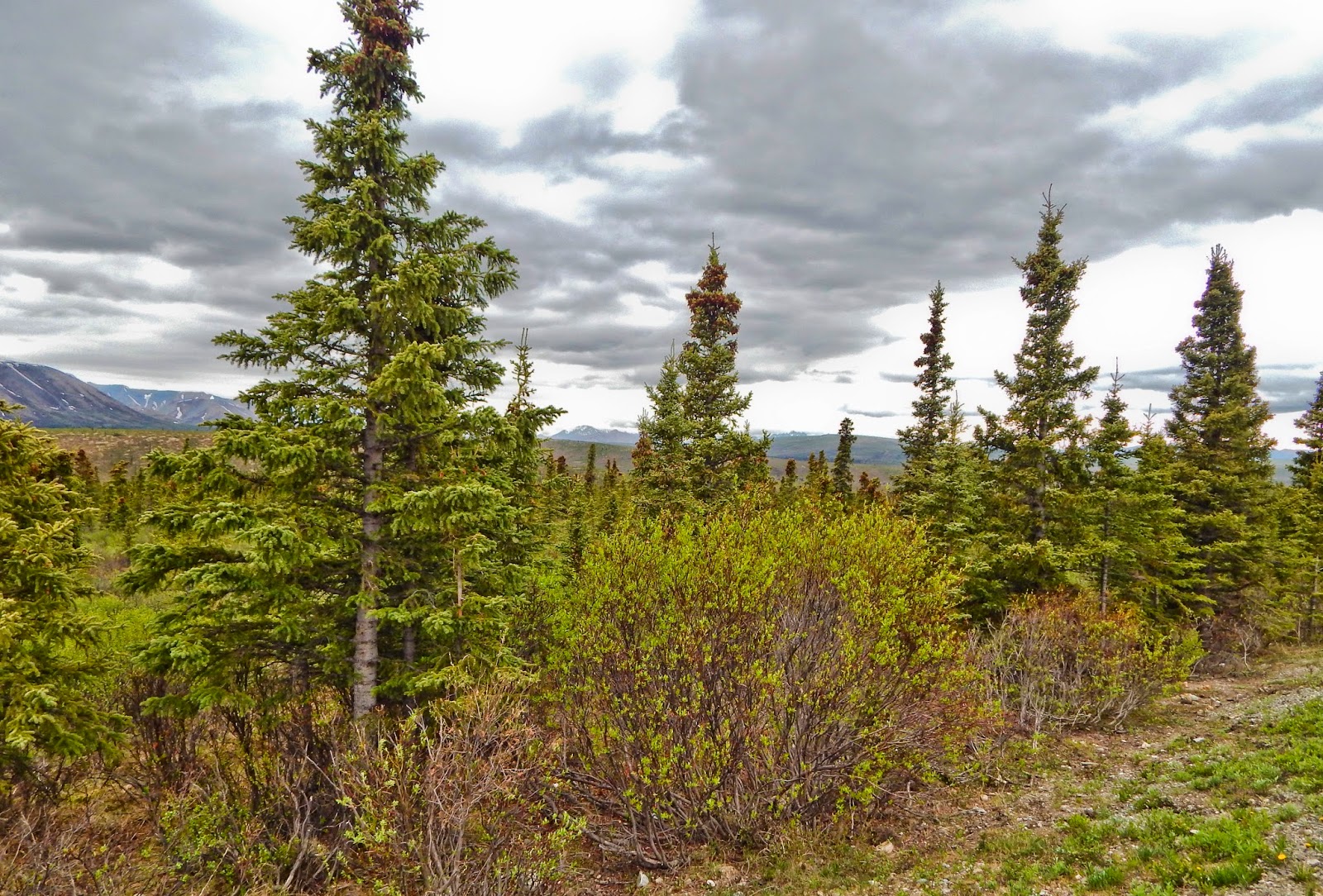Growing Your Family Tree
Becoming a genealogist and not just a name collector
Whatever the motivation, all of us who are pursuing our family history or genealogy, begin with gathering information about our closest relatives. I find that this interest usually extends to parents and grandparents. In some instances, the motivation to keep gathering information comes from the desire to connect with more remote relatives, perhaps those who emigrated from another country, fought in a war or became famous. Some of the reasons for this interest might include stories passed down to us through family traditions, surname books, heirlooms and other artifacts inherited from our family. It is inevitable that as we pursue this initial interest we will reach the point where obtaining more information becomes increasingly difficult. What do we need to do to move forward and obtain even more information about our ancestors?
This is one of the key obstacles faced by every genealogist at every level of expertise.
The answer seems simple but, in fact, involves some very complicated processes that must be learned. Some genealogists face this obstacle by trial and error as I did in my early learning process. But in our network-connected world, many more turn to the simple solution of copying the work of others either from a book or an online family tree.
I have been traveling through the Alaskan forests recently and there are areas where the trees grow so closely together that they become impenetrable. They call these closed forests. These thickets of trees become such a barrier that even the bears and moose cannot force a way through.
Imagine the difficulty of trying to identify or work with one tree in the midst of that tangle. I fear that this is where many of the world's potential family historians find themselves stopped.
I further fear that many of them do not even realize they are entangled in such a barrier.

Those working on the Alaskan highways have a rather simple solution to the problem of the dense forest along the roadways; they cut down all the trees back from the roadway to help prevent forest fires and minimize the danger from animals walking onto the highways. In short, they start over.
In this analogy, I see a way for us to proceed with growing our own family trees.
Sometimes we need to start over. I don't mean that we need to be like the Alaskan Highway Department and throw it all out (although that may be a good option for some). What I do mean is that we need to begin again with gathering information about our nearest relatives and systematically do the same thing, working our way through our family tree. This is most appropriate for those who solved the problem by copying information from others rather than verifying the information through their own research. If the copies records contain source citations, perhaps the task will be made somewhat easier but in many cases the copied records are bereft of citations and the effort must include documentation.
It is my observation that only a very small percentage of those seeking information about their families will take this step and really begin to become genealogists and not just name collectors.
You might want to examine your own family tree whether it is online or on paper in your files. Do you have source citations for each of your ancestors and their family members? If you do not have source citations, how do you know if the information you have recorded is correct? Where would you go to verify the information previously collected?
I saw another thing in Alaska that reminded me of this same issue with genealogical research. Many of the trees growing in the vast Alaskan forests were stunted and deformed. I learned that these trees were growing on permafrost. There was only a very shallow layer of ground that thawed out each year where the trees could grow and so the trees had shallow roots and were liable to be blown over in a storm. Some of the trees were hundreds of years old but were only a few feet tall and had only grown to a few inches in diameter. Our lack of sources is like that permafrost layer under the trees in Alaska. We can't get our family tree to grow because we have created a barrier where further research has stopped for a lack of source citations that support further growth and like the Alaskan trees, our research is likely to be blown over when questioned because there are no deep supporting roots.
The simple question is this: how much documentation have you collected and recorded about yourself and your immediate family? That is a good place to start.
Written by James L. Tanner. Used with permission.
Need help finding more records? We have genealogy research services available. You can also try our genealogical records directory which has more than 1.3 million sources to help you more easily locate the available records.
Related Topics
- Learning Genealogy Articles more than 140 helpful articles to help you to do genealogy more effectively
- Why We Add Sources The importance of recording sources as you do genealogy research
- Can You Really Trace Your Genealogy Back to Adam? Why the answer is no
- Where to Go from the 1940 U.S. Census Next steps for searching for genealogy records after finding your family in the 1940 census